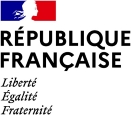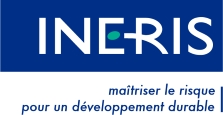Information
Edited on 11/20/2025
This report provides a detailed overview of the uses of PFAS and their alternatives, covering numerous sectors and applications. It can be used as a reference tool to support their gradual substitution in France and in Europe.
Edited on 10/13/2025
On 2 October 2025, the European Commission adopted a restriction on per- and polyfluoroalkyl substances (PFAS) in firefighting foams.
Edited on 10/06/2025
ChemFORWARD introduces an application to support the formulation of safer cleaners and degreasers for the electronics industry.
Edited on 09/19/2025
The European Commission has adopted Delegated Regulation (EU) 2025/718 to reduce the contamination limits for perfluorooctane sulfonic acid (PFOS), its salts and PFOS-related compounds in substances, mixtures or articles.
Edited on 09/11/2025
ECHA has published a report aimed at supporting the transition to PFAS-free firefighting foams. This document provides practical information on topics such as equipment cleaning methodologies, techniques for detecting PFAS-containing foams, and waste management solutions.
Edited on 03/27/2025
pfasID is a new web application for identifying PFAS
Edited on 10/15/2024
The European Commission has adopted a restriction on the use of undecafluorohexanoic acid (PFHxA), its salts and related substances in wide range of consumer products (clothing, footwear, cosmetics, etc.).
Edited on 06/28/2024
The Commission has adopted guiding criteria and principles for the concept of ‘essential uses' of the most harmful chemicals.
Edited on 04/05/2024
The German Water Centre (TZW), Stadtwerke Rastatt and ZeroPM are holding a symposium on 12 and 13 June 2024 in Rastatt and Karlsruhe (Germany) dedicated to eliminating PFAS from drinking water.
Edited on 09/01/2023
ECHA publishes information on potential alternatives to substances listed in Annex XIV

